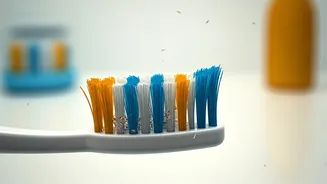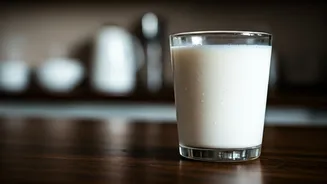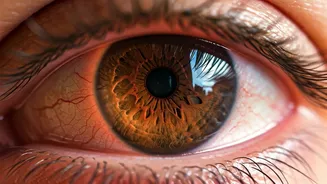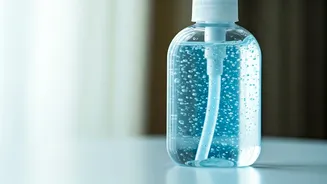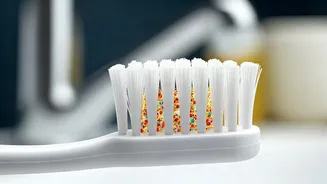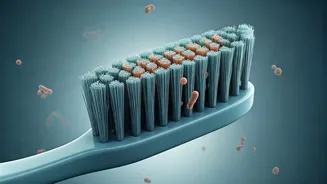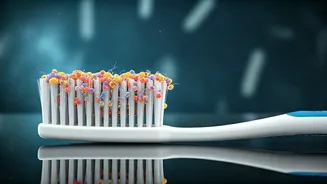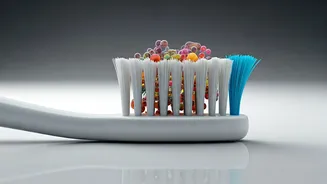Bathroom Horror Unveiled
The bathroom, a sanctuary for personal hygiene, may harbor an unsettling reality: microscopic organisms. While we meticulously brush our teeth, the very
tool we use could be a breeding ground for bacteria and other unwelcome guests. Toothbrushes, often stored in humid environments, become prime real estate for microbial growth. Water droplets, toothpaste residue, and the bristles themselves provide an ideal setting for these tiny life forms to flourish. This unseen ecosystem presents a potential health risk, making it crucial to understand the extent of this 'bathroom horror' and take necessary precautions to safeguard our health. Proper toothbrush care is, therefore, not just about extending the life of your brush but also about minimizing your exposure to harmful pathogens.
The Microbial Menagerie
Toothbrushes can host a diverse collection of microorganisms, including bacteria, fungi, and viruses. These unseen invaders are transferred through the use of the toothbrush. Exposure to these pathogens can have various health consequences, from minor infections to more serious conditions. Furthermore, the type and amount of germs present vary depending on several factors, including the storage method, the frequency of use, and the user's overall health. This intricate microbial community highlights the importance of regular toothbrush replacement and careful cleaning and storage practices. To further highlight the complexity, in some cases, these brushes can even harbor organisms like *Staphylococcus aureus*, or even *Pseudomonas aeruginosa* ,which thrive in wet environments and are often resistant to antibiotics.
Asking The Right Questions
Addressing the 'bathroom horror' requires asking the right questions. We must consider how these microorganisms enter our bathroom and colonize our toothbrushes. For instance, the simple act of flushing a toilet can create an aerosol effect, dispersing water droplets and any associated microorganisms throughout the bathroom. Storage methods also impact the risk. Storing a toothbrush in an enclosed container, for example, can trap moisture and promote bacterial growth. Therefore, we should question the common practices and habits that may contribute to this unseen threat, so we can determine the practices that can help. Recognizing the problem requires questioning the environment of our bathrooms, so proper protection can be implemented.
Solutions For Safety
Fortunately, there are several steps one can take to minimize the risk associated with toothbrush contamination. Regularly replacing toothbrushes, ideally every three months or sooner if the bristles are frayed, is a fundamental practice. Rinsing the toothbrush thoroughly with running water after each use helps remove debris and some bacteria. Storing the toothbrush in an upright position, allowing it to air dry, is also a useful approach. Additional measures include using a toothbrush sanitizer, though its effectiveness may vary depending on the product. Some suggest that even a mouthwash rinse can help to eliminate germs and is an easy step. By adopting these preventive measures, we can significantly reduce the potential hazards and promote a healthier oral hygiene routine and by extension, overall well-being.
